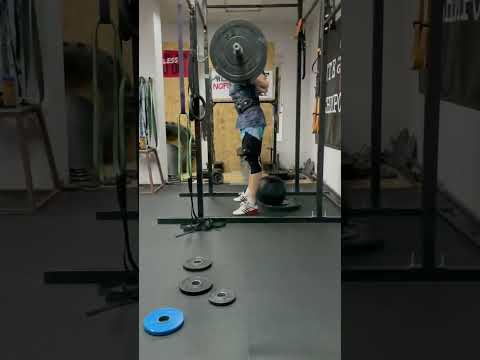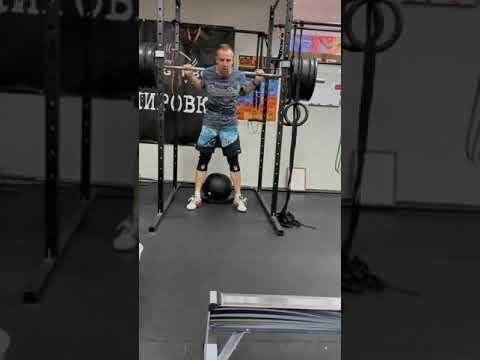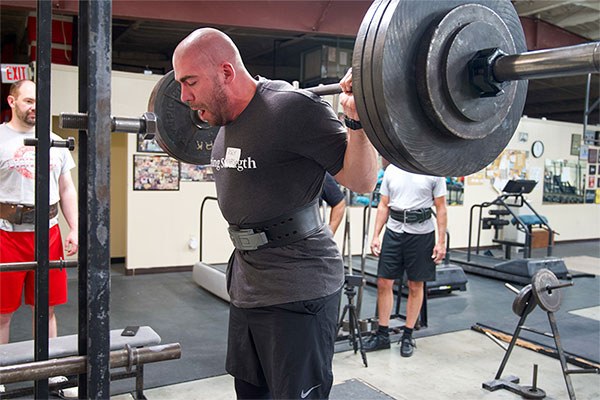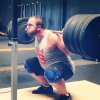Kenny Croxdale
Level 7 Valued Member
But the laws of physic do.The bench press doesn't work like the leg press machine does.
None of the bar paths are like that on a Smith machine. I don't think anyone expects that.
That appears to be the implication that some individual believe and are stating
Jerks and Overhead Pressing
The Bar needs to be driving slightly back rather than up in a straight line. That applies to the Bench Press, as well.
Sheiko powerlifting book.
Sound intereseting.
1) What book?
2) Where the book does it over over the Bench Press Bar Path?
3) Can you provide me with a little bit of information on their Bar Path research? f




